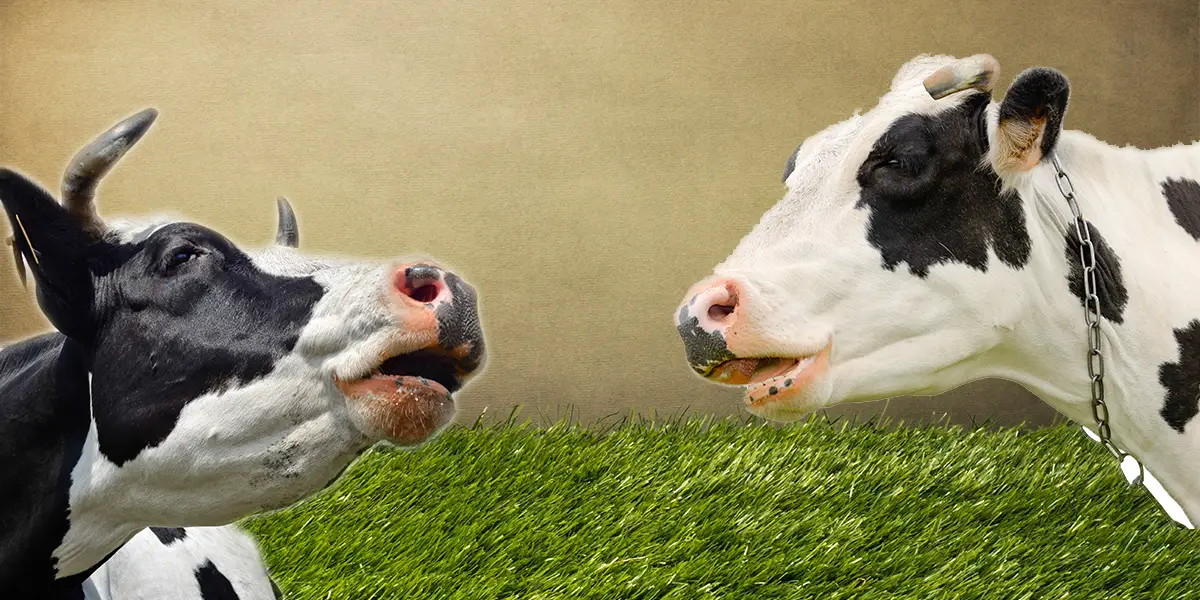Study Suggests Cows Tell Each Other How They’re Feeling When They “Moo”
Tags: News
According to new research from the University of Sydney, cows are actually communicating with one another when they “moo.”
Alexandra Green, the study’s lead author, says that her team found that cows express excitement, arousal, engagement or distress through slightly different moos.
“Cows are gregarious, social animals. In one sense it isn’t surprising they assert their individual identity throughout their life. This is the first time we have been able to analyze voice to have conclusive evidence of this trait,” Green said.
In the study, Green and her team recorded and analyzed cows as they spoke, collecting 333 samples of cow noises, and found that the noises were correlated with specific emotions.
“They have all got very distinct voices. Even without looking at them in the herd, I can tell which one is making a noise just based on her voice,” Green said.
Associate Professor Cameron Clark, described the research as “building a Google translate for cows.”
Green said that she hopes her research would help farmers “tune into the emotional state of their cattle, improving animal welfare”.
A 2016 study conducted at the University of Nottingham had similar results, showing that cows make unique noises to communicate with their offspring.
It is not just animals that have more intricate social lives than most people imagine, it is also insects too. A 2015 Royal Society study found that even cockroaches make decisions as groups and have unique personality traits.
On July 7, 2012, a prominent international group of cognitive neuroscientists, neuropharmacologists, neurophysiologists, neuroanatomists, and computational neuroscientists gathered at The University of Cambridge to reassess the conscious experience and related behaviors in human and non-human animals. The statement is known as The Cambridge Declaration on Consciousness.
The team of international scientists stated that they agree “Convergent evidence indicates that non-human animals have the neuroanatomical, neurochemical, and neurophysiological substrates of conscious states along with the capacity to exhibit intentional behaviors. Consequently, the weight of evidence indicates that humans are not unique in possessing the neurological substrates that generate consciousness. Non-human animals, including all mammals and birds, and many other creatures, including octopuses, also possess these neurological substrates.”
IMAGE CREDIT1: maglara
Image CREDIT2: Olena Svietlieisha

Leave Comment: